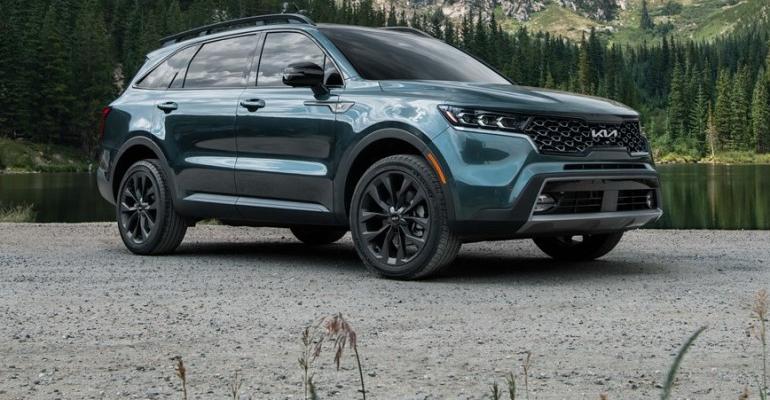ST. PETERSBURG – Kazakhstan, a landlocked country in Central Asia, is aiming to become one of the centers of automotive production in the territory of the former Soviet Union.
The ambition is being fueled by the efforts of local authorities to draw investment in new vehicle-manufacturing plants from global automakers.
As Russia is no longer an attractive destination for most OEMs, many have begun looking for alternatives for production bases in the region.
Kazakhstan is emerging as one option. South Korea’s Kia already is moving forward with a new full-scale plant expected to launch soon near the grounds of the local Allur plant, Kazakhstan’s largest automotive factory, located in Kostanay.
The project is part of a major initiative implemented by the Kazakh government that calls for establishment of a so-called “automotive localized center,” which in addition to automotive production will house the plants producing automotive parts.
The new Kia facility represents an expansion of the brand’s already existing semi-knocked-down kit assembly line, also on the grounds of the Allur factory in Kazakhstan. That operation was launched in 2021; this year it added complete-knocked-down builds of the Kia Sportage CUV, with annual output pegged at 25,0000 units.
The upcoming full-scale assembly plant will have capacity for 70,000 vehicles per year in its first phase, rising to 100,000 units in a second stage. Investment will total KZT120 billion ($250 million) and result in 1,500 new jobs.
Plans are to build three models, the Sorento, Sportage and Cerato, according to Roman Glushchenko, director of new projects at Allur. Additional models are expected to be added to the mix over the next several years.
Roman Sklyar, first deputy prime minister of Kazakhstan, says the operation marks the first time Kia has invested in a joint venture outside South Korea.
Construction of the plant is expected to be completed in 2024, with pilot output targeted for first-quarter 2025. Full production is expected to be reached in Q2 2025.
It is likely some of the vehicles produced at the new plant will be bound for the Russian market, as both Russia and Kazakhstan are members of the Eurasian Economic Union that allows vehicles to move across member borders nearly duty-free. However, in contrast to previous years, Russia is unlikely to be the priority market for the Kazakhstan-built vehicles.
The new plant could be just the beginning for Kazakhstan, where authorities are creating conditions meant to draw other automotive investment.
Volkswagen Group’s Skoda, for example, plans to launch assembly of its cars at the Allur operation early next year. Output is expected to include such models as the Octavia, Karoq, Kodiaq and Kamiq – most of which had been built in Russia.
Also part of the Kazakh government push, Allur Group is designing the first Kazakh car, with production expected to launch within the next several years.





